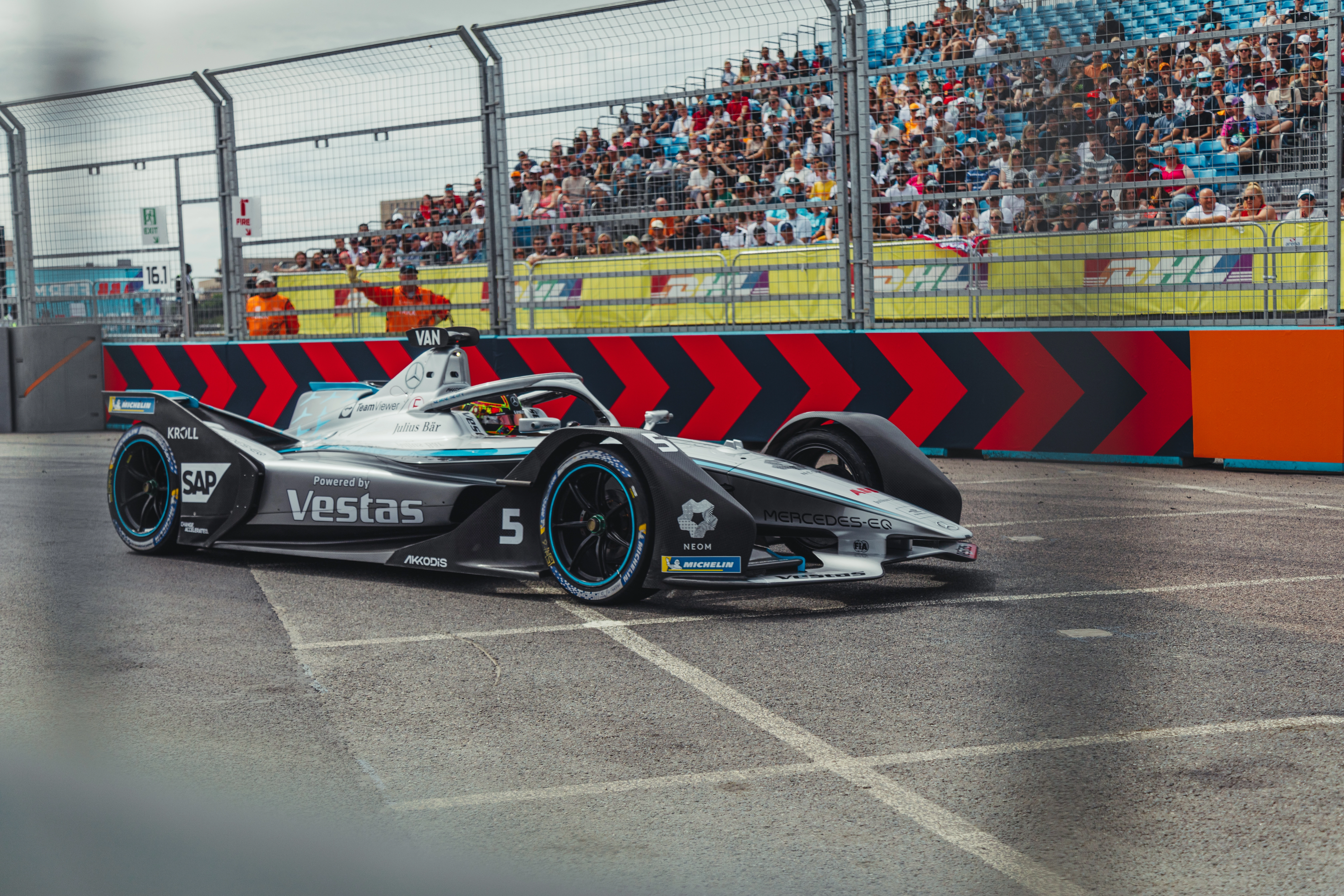OPINION : Why Drive to Survive fans deserve more respect
- Lily Dixon

- Mar 11
- 4 min read
Written by Lily Dixon, Edited by Charlotte Mui

Formula 1: Drive to Survive fans are unfairly disliked and unfairly judged.
Drive to Survive (DTS), the Netflix hit docuseries, follows Formula One’s evolution over seven years, giving behind-the-scenes access into a sport known for its glitz, glamour and extreme g-forces.
Since its debut, the show has played an integral role in expanding F1’s audience, with female viewership growing from 8% in 2017 to over 40% in 2025. The series has widely increased the accessibility of this historically exclusive sport, especially in countries where single-seater racing culture is less prominent.
While this may all seem great on the surface, the F1 community across social media platforms has been hesitant to welcome these viewers into their fanbase, citing DTS’s nature as a reality TV show. In fact, DTS fans are often deemed inferior for discovering F1 through a marketing tactic the sport itself employed to increase viewership and diversify its fanbase.

So why aren’t they welcome?
Well, many blame it on the exaggerated portrayal of conflicts between drivers and over-dramatised races. With words and sentences stitched together from different clips, overdone battles on track, and an affinity for creating meme-worthy moments, older fans critique the show’s authenticity towards the sport. Sure, the series doesn’t always stick to the facts, but if it conveys one message to the new fans, it’s the sheer passion and hardships behind racing.
Never is a driver portrayed as someone who doesn’t love their job. Their dedication to the sport is why they’ve spent most of their lives climbing through the ranks of the junior formulas, sacrificing their blood, sweat, and tears for the chance to drive an F1 car. With each lap behind the wheel of these rocket ships, they risk their lives in the hopes of being named a Grand Prix winner—and, if they’re lucky enough, champion of the world.
So, give Drive to Survive fans a year to watch and understand the true nature of the sport—namely, those hard-fought, Senna-Prost-style battles that long-time F1 fans consider pure cinema. With a bit of time, these fans will learn the ropes and gain an understanding of the moments that have defined the sport, allowing them to see the full picture— just like those who discovered it through more traditional platforms like Sky Sports or F1TV.

So again, the question remains: months and years down the line, where does their inferiority lie?
There is one point that rings true more than others. While “normal fans” aren’t immune, it seems more common among those who’ve been fitted with rose-colored glasses from watching the series: driver hate. Since Drive to Survive is designed for drama, personalities are rarely portrayed accurately as they’re distorted to fit the narratives of showmakers. Without spending a significant amount of time following a driver beyond the show, new fans may form skewed impressions of them due to their portrayals. That’s where the problem lies.
Take someone who’s seen Esteban Ocon in recent seasons of DTS, for example. One might only notice his constant squabbles with teammates—costing his team points, money, and trust—and label him a bad driver. But in doing this, they overlook the full picture, disregarding his historic podium in Monaco, his impressive win in Hungary, and the times he’s obeyed team orders. Therefore, by only following the show’s narrow portrayals, one can never truly grasp the impact of a driver or their role in the greater motorsport community.
Once in a paradigm, our minds crave evidence that supports our opinions, often making things seem better or worse than they really are.
But Drive to Survive as a whole isn’t to blame, and neither are its fans. It’s the individuals who watch the sport—regardless of whether they’ve taken the time to binge the Netflix series.
Now, take Max Verstappen’s career as an example. For those whose first race was Abu Dhabi 2021, he may have seemed like the villain who unfairly denied Lewis Hamilton an eighth title. His celebratory cheers, with the trophy raised high over his head, may have appeared obnoxious and cruel. In that moment, he may have become one’s favorite driver to root against.

However, a fan whose first-ever race was Brazil 2024 would have a completely different perspective on the four-time World Champion. They would see a valiant hero who charged his way to victory from the back of the grid, expertly executing each overtake and testing the durability of the Pirelli tires by pushing the car to the limit. When he eventually pulled into Parc Fermé behind the number one plaque and let out his signature “simply lovely,” they would have cheered in awe.
Rose or gray-colored glasses—it’s as simple as that. One sees what they seek.
Some of the greatest drivers will be remembered as the greatest villains, all because of perspective. Take the infamous and contentious rivalry between Senna and Prost as a prime example. To this day, supporters of one tend to view the other with disdain.
While everyone has their prides and prejudices, it’s important to recognise where they stem from. In many cases, it’s not Drive to Survive and Guenther Steiner’s colourful commentary. It’s from those initial moments and first pages we choose to judge. It’s from those perspectives and opinions we neglect to hear.
So, is the problem really the show or how one consumes it?
Is the problem really the driver or the judgements audiences make faster than Verstappen’s 2021 Bahrain pole lap?
It’s a mindset—and one that can be overcome by acknowledging the educational benefits of Drive to Survive and the diversity it’s brought to motorsport viewers.










Congratulations Lily, look forward to reading more of your articles here. And thanks for turning me on to Dive Bomb.